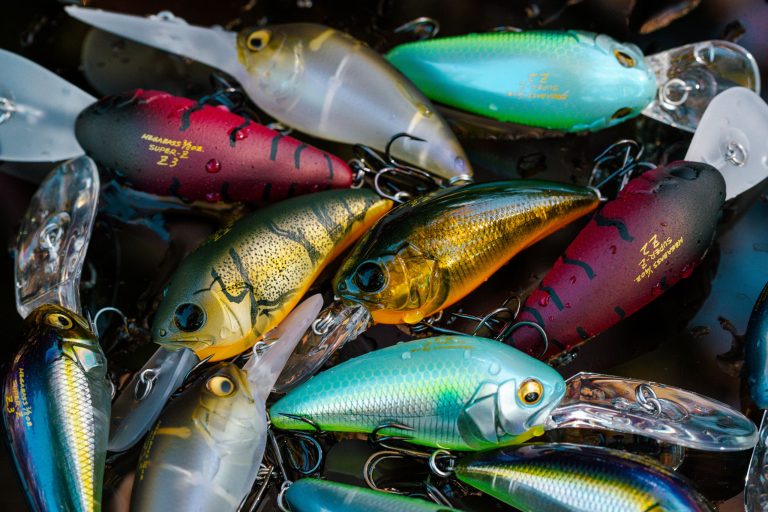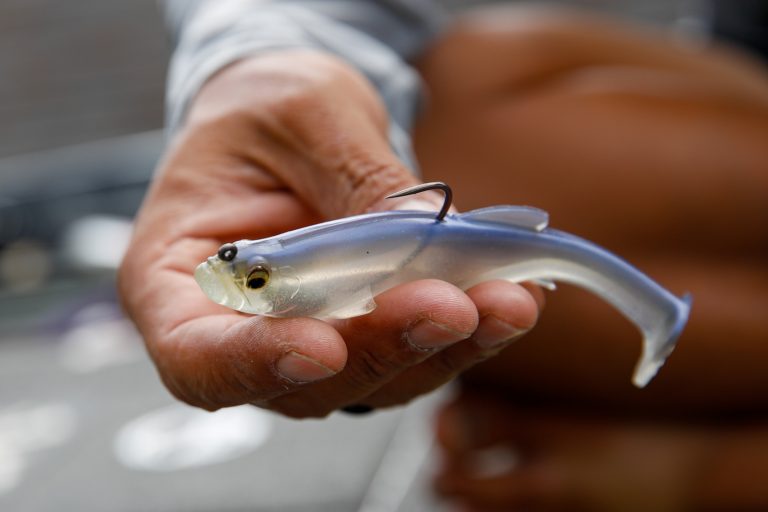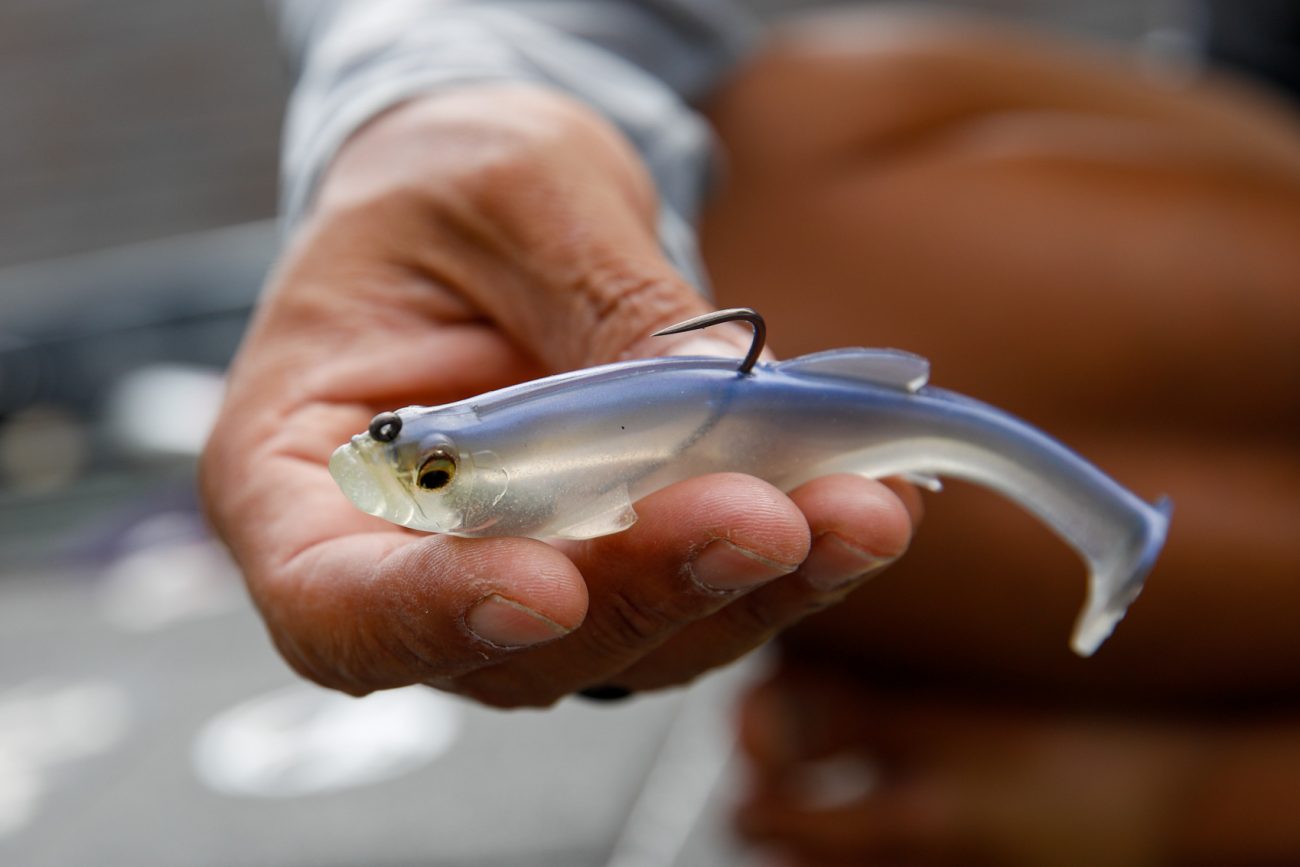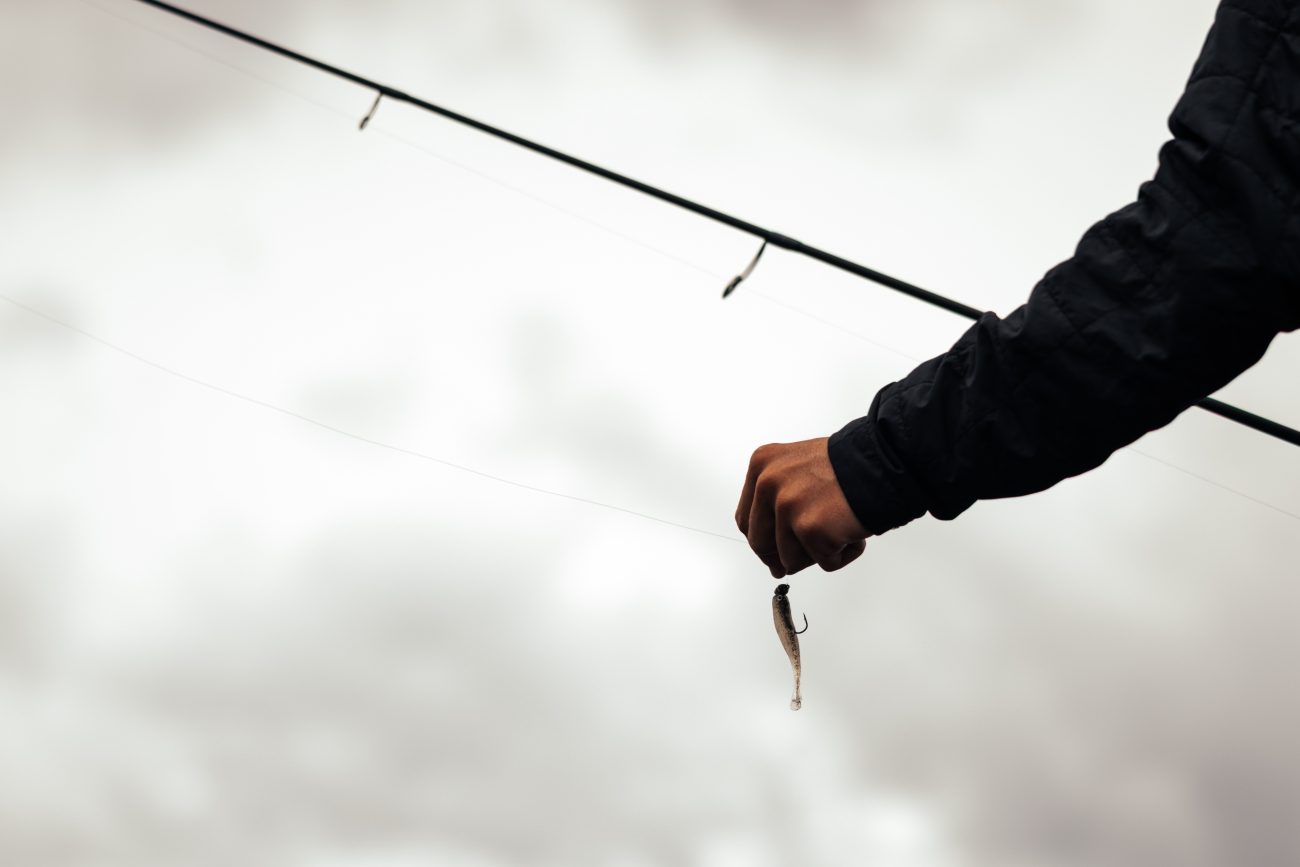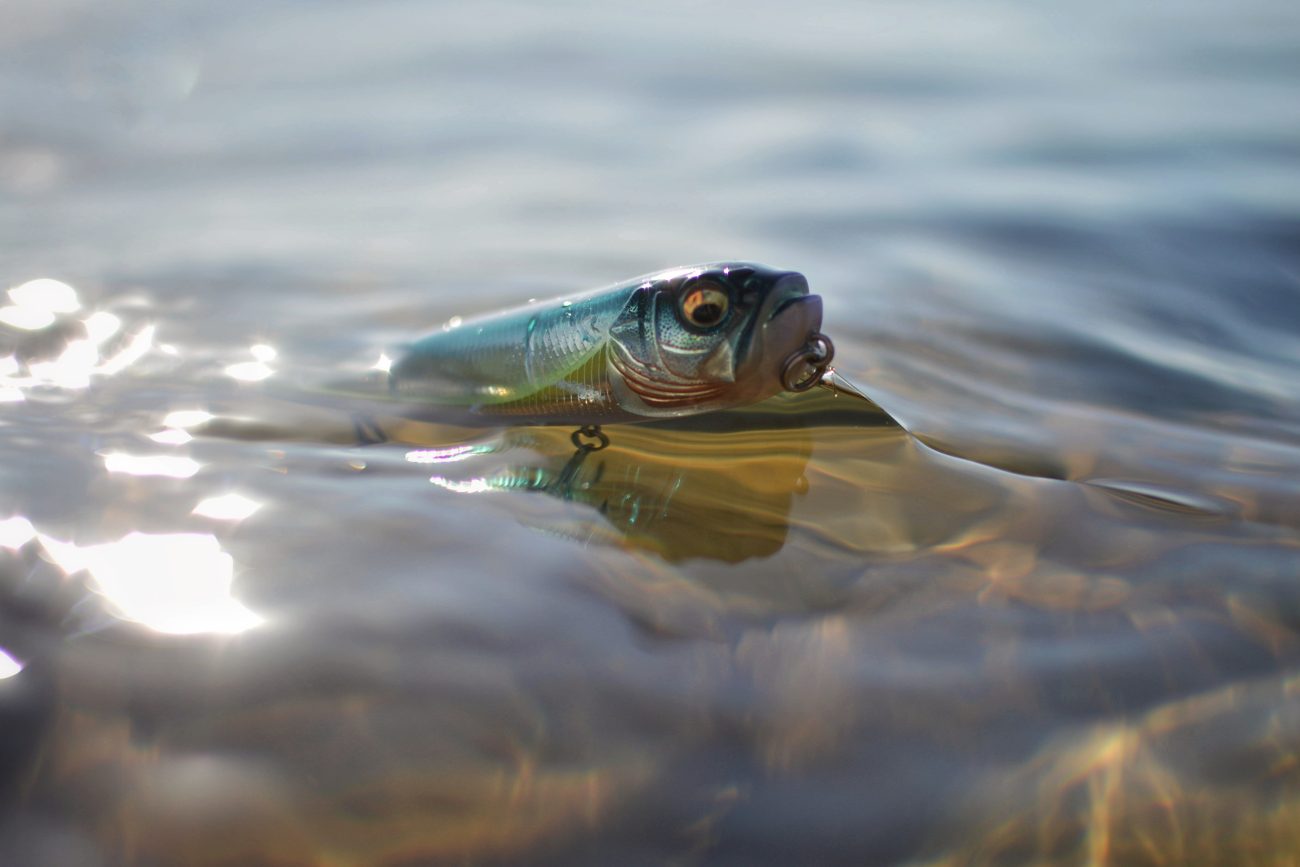When it comes to chasing giant bass, few techniques match the thrill and power of glide bait fishing. Originally born in the garages of Southern California anglers, glide baits have evolved into a staple for big-bass hunters across the country. These single-jointed swimbaits create a mesmerizing left-to-right swimming motion that draws out some of the biggest fish in the lake. Whether you’re new to glide baits or looking to refine your presentation, this guide will help you understand when, where, and how to fish them effectively.
What Makes Glide Bait Fishing Special
Glide baits like the Megabass I-Slide 187 R are designed to mimic large baitfish such as trout, gizzard shad, and hickory shad. Unlike soft swimbaits that rely on a thumping tail, glide baits use a subtle, natural swimming motion to entice big bass. The key to their success is balance. A quality glide bait must fall perfectly upright, belly down, and back up, without rolling over on its side. That balanced fall keeps the presentation natural and triggers more strikes from curious predators.
The beauty of glide bait fishing lies in its simplicity. The goal is not to make the bait dart or turn aggressively but to let it glide smoothly from side to side. Each half-turn of the reel handle creates a long, graceful stride that mimics a baitfish swimming calmly through open water. This realistic movement draws fish from long distances and convinces wary giants to commit.
When and Where to Fish Glide Baits
Timing and location are crucial for success with glide bait fishing. The spring and fall seasons are prime times, especially when bass are feeding around points, reeds, and shallow cover. During the spring, big bass move toward spawning areas and stage along these key spots, making them ideal ambush points for large glide baits.
Target areas with good visibility. Glide baits work best in moderate to clear water, where bass can see the bait from a distance. Water clarity from 3 to 20 feet is perfect. In clear lakes, a detailed and natural-looking bait is essential. The more lifelike the finish, the more convincing your presentation will be.
When positioning your boat, approach points and shorelines from the shallower side and cast toward the deeper water. This allows you to retrieve the bait “uphill,” keeping it in the strike zone longer and giving following fish the illusion that their prey is trying to escape toward shallower water.
How to Work a Glide Bait
The most common mistake beginners make with glide bait fishing is overworking the bait. There’s no need to snap or jerk the rod tip to make the lure turn sharply. Instead, rely on your reel. Use slow, half turns of the handle to make the bait move left, then right, maintaining a steady rhythm. This subtle, natural cadence mimics a large baitfish swimming with purpose, and it’s what triggers big bites.
Occasionally pause during the retrieve to let the bait suspend or slowly fall. This moment of stillness often convinces a following bass to strike. Remember, the goal is to appear natural, not erratic.
Gear Setup for Glide Bait Fishing
Throwing large glide baits requires specialized gear that can handle the weight and power of big fish.
Rod: The Megabass Orochi XX F10-80XX Leviathan is built for heavy swimbait duty. Its moderate action helps absorb shock during the fight, keeping treble hooks pinned and reducing lost fish.
Reel: Use a 300-size reel for optimal line capacity and power.
Line: A strong, low-stretch fluorocarbon like 20 lb Seaguar InvizX provides the sensitivity and sinking properties needed to keep your glide bait running true.
These components work together to provide long, accurate casts and maintain control during the fight. When a big bass commits, simply sweep the rod to load it up. There’s no need for a hard hookset.
Choosing the Right Glide Bait Size
One of the most effective models for beginners is the Megabass I-Slide 185. At 7.3 inches, it’s large enough to draw big fish yet still manageable for anglers new to glide bait fishing. For trophy hunters, the Megabass I-Slide 262T steps things up with a massive 10-inch profile that imitates large prey species like trout or gizzard shad.
When deciding which to use, consider the size of the local forage and the overall aggressiveness of the fish. In pressured or smaller lakes, the 185 often gets more bites, while the 262T is ideal when hunting for true giants.
The Power of Patience
Glide bait fishing isn’t about numbers; it’s about size. It’s a confidence technique that rewards persistence and precision. You may only get a few bites all day, but they’re often the kind that win tournaments. Whether you’re searching for that one kicker fish or just want to experience the thrill of watching a giant bass shadow your bait before striking, glide baits offer an unmatched rush.
If you’re new to this style, set aside a day on the water to learn it. Bring one rod, a few glide baits, and commit. Over time, you’ll develop a feel for the cadence, speed, and subtleties that make glide bait fishing one of the most exciting ways to catch big bass.


